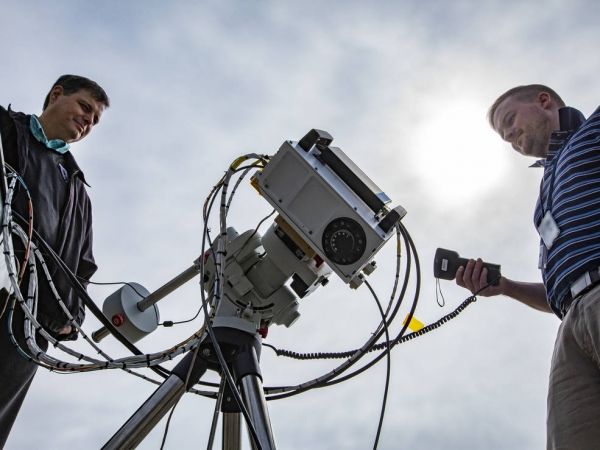A team at NASA's Langley Research Center in Hampton, Virginia, took the Stratospheric Aerosol and Gas Experiment (SAGE) IV Pathfinder onto the roof of one of the center's buildings to conduct Sun-look tests.
These tests are critical for an instrument that makes measurements of ozone and tiny atmospheric particles called aerosols by looking at the light from the rising or setting Sun as it passes through Earth's atmosphere — a technique called solar occultation. Prior to being brought outside, SAGE IV Pathfinder had undergone months of testing in a lab.
"There's nothing like getting out and taking a look at the Sun, which is extremely bright in comparison to anything we can produce in the laboratory," said Charles Hill, co-principal investigator for SAGE IV Pathfinder.
A full-blown SAGE IV mission would be a significant new chapter in the SAGE story, which began in the late 1970s and continued through the following decades. The data collected on SAGE I and the following instrument SAGE II, were critical to the discovery of the Earth's ozone hole and the creation of the 1987 Montreal Protocol, an international treaty that banned the use of chlorofluorocarbons (CFCs). CFCs were used as refrigerants and in aerosol spray cans and are significant contributors to stratospheric ozone depletion.
Continue reading at NASA Langley Research Center
Image via NASA Langley Research Center


